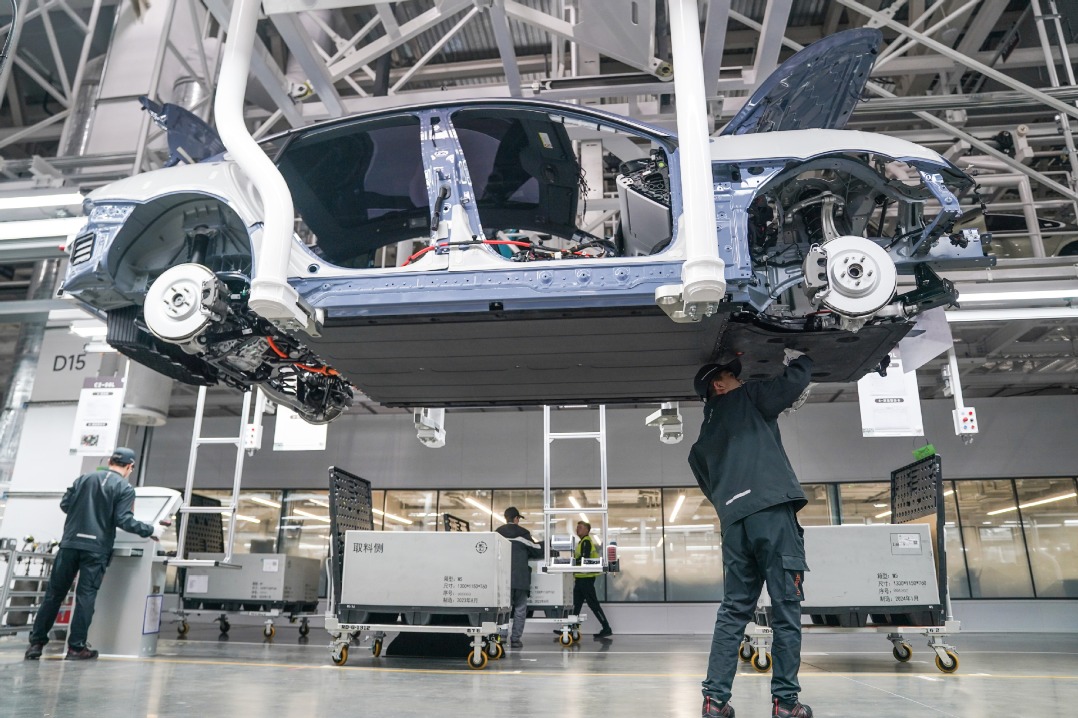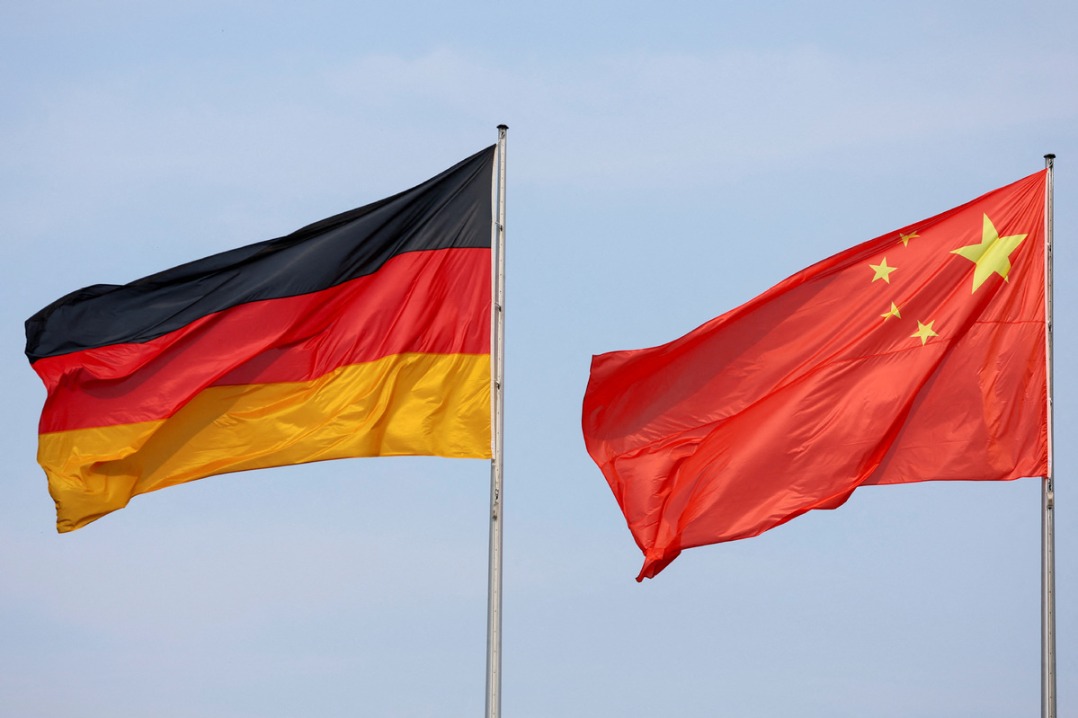‘16+1’ mechanism set to bolster China-Europe ties

WARSAW — The 16+1 cooperation mechanism, a platform jointly launched by China and 16 Central and Eastern European countries (CEEC) here in 2012, has yielded positive results in various fields, providing promising opportunities for both China and Europe.
As Premier Li Keqiang is about to attend the seventh leaders' meeting of China and CEEC in Sofia, Bulgaria, it is generally believed that the meeting will inject fresh impetus into the comprehensive and in-depth development of the 16+1 bloc.
Building connectivity
On the back of the 16+1 cooperation as well as the China-proposed Belt and Road Initiative, interconnectivity between China and Europe has witnessed remarkable development.
Polish President Andrzej Duda said his country wants to participate in the Belt and Road Initiative, and is willing to link the country's Responsible Development Plan with the initiative.
Over the past six years, China and CEEC have jointly implemented a series of cooperation projects, covering the fields of infrastructure, transportation and logistics, trade and investment, local exchanges and energy, among others.
Zivadin Jovanovic, a Serbian senior diplomat, told Xinhua that the cooperation between China and CEEC has boosted infrastructure modernization in the fields of railways, highways and waterways, which is beneficial to all parties involved.
Many major cooperation projects in the region, which involve Chinese companies, have seen smooth progress, such as Serbia’s E763 Highway project, the Hungarian section of Budapest-Belgrade Railway and the China-Europe land-sea express line.
A Chinese consortium led by China Road and Bridge Corporation (CRBC) signed in April a contract to build the first phase of the Peljesac bridge and its access roads.
Croatian Prime Minister Andrej Plenkovic said the project will add more substantive content to the good relations between the two countries.
Closer cooperation
The acquisitions of Huta Stalowa Wola civil engineering machinery division and KFLT Bearings Poland by Chinese companies have enabled these enterprises to regain their vitality and become industry leaders.
Moreover, the China-Europe express railway route has become a key channel of land transportation in the global logistics market and is an important link between China and CEEC.
The railway has seen over 7,600 trips made as of March this year, connecting Chinese cities with Europe. The rise of the express train program has played a role in balancing bilateral trade and helped promote local development.
According to China Customs' statistics, China's trade volume with CEEC totaled $67.98 billion in 2017, a 15.9 percent increase compared to that of the previous year.
The bilateral trade between China and the 16 countries of this region has therefore maintained good growth momentum.
Lina Sabaitiene, Lithuanian energy vice-minister, said that the 16+1 cooperation provides a useful platform for multilateral cooperation, which not only gives Lithuania the opportunity to cooperate with China for win-win outcomes, but also pursues complementary and mutually beneficial cooperation with other countries in the region.
Cultural exchanges
The 16+1 cooperation has witnessed growing ties in the areas of culture, education and tourism.
From 2012 to 2017, China and CEEC opened six new direct flight routes, while the number of Chinese tourists visiting this region increased from 280,000 to 930,000. The number of exchange students also doubled.
China's agreement on a mutual visa-free regime with Bosnia and Herzegovina officially entered in force in May. Also, China has set up in Budapest, Hungary, its first tourism office in Central and Eastern Europe and established in Bucharest, Romania its first visa application service center in the region.
China and CEEC are also dedicated to promoting educational and cultural exchanges.
The two sides have opened China-CEEC Coordination Center for Cultural Cooperation in Macedonia, and set up a China-CEEC training center for young artists and China-CEEC Cultural and Creative Industries Exchanges and Cooperation Center in China's southwestern city of Chengdu.
According to Jovanovic, cultural and educational exchanges help promote direct contacts between peoples and nations, thus strengthening economic ties. Cooperation in the fields of tourism, air traffic, mutual visa exemptions, cultural exchanges, think tanks and NGOs also helps promote direct links between CEEC and China, said the expert.
MOST POPULAR
- 1 A look at China's economy in Q1 of 2024
- 2 China to remove foreign ownership restrictions in value-added telecom services in pilot areas
- 3 Query service of A Guide to Working and Living in China as Business Expatriates launched
- 4 Clear negative lists to speed up services trade
- 5 Canton Fair opens in China with surge in overseas purchasers
Editors' Picks
 Infographic:
How to understand China's production capacity
Infographic:
How to understand China's production capacity
 Infographic:
Milestones of China's journey to space
Infographic:
Milestones of China's journey to space
 Infographic:
A look at China's economy in Q1 of 2024
Infographic:
A look at China's economy in Q1 of 2024
 Infographic:
China to remove foreign ownership restrictions in value-added telecom services in pilot areas
Infographic:
China to remove foreign ownership restrictions in value-added telecom services in pilot areas
 Infographic:
2023 Sino-German investment and trade in numbers
Infographic:
2023 Sino-German investment and trade in numbers


